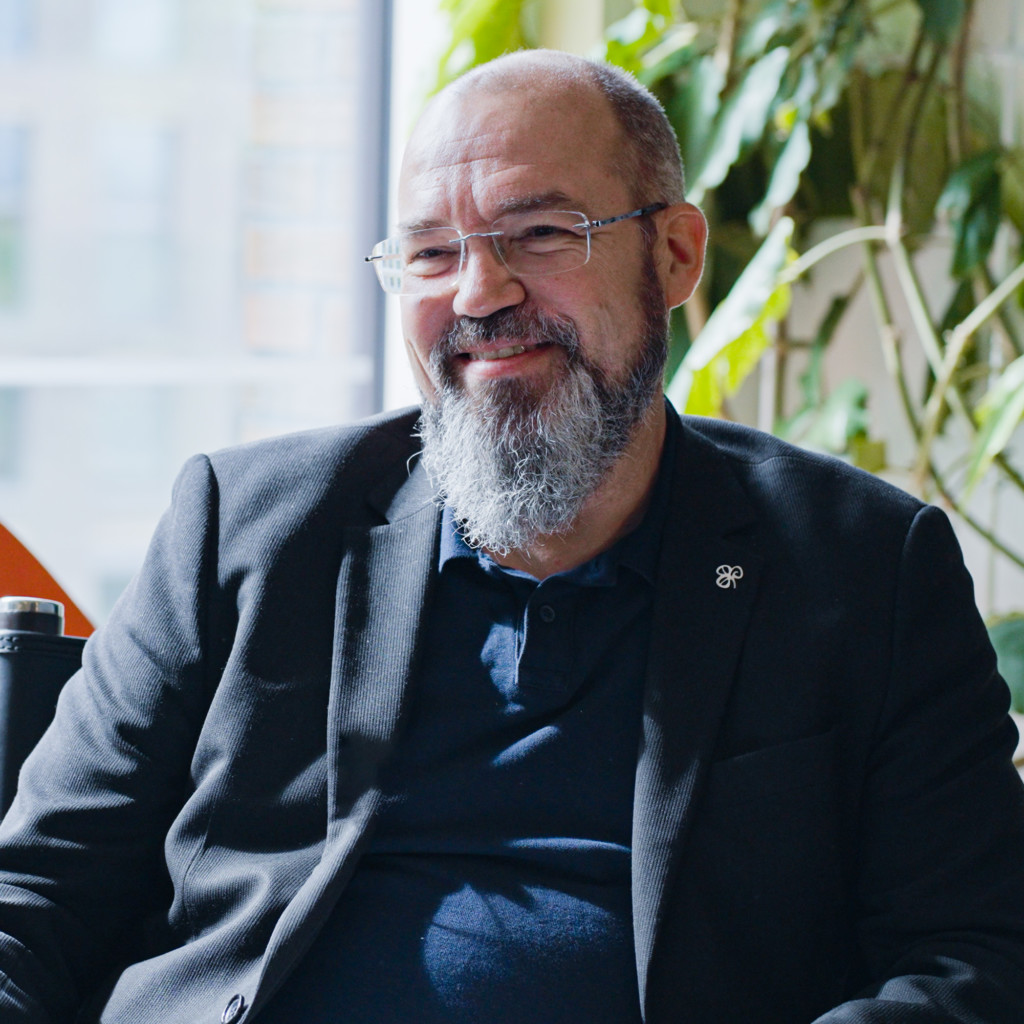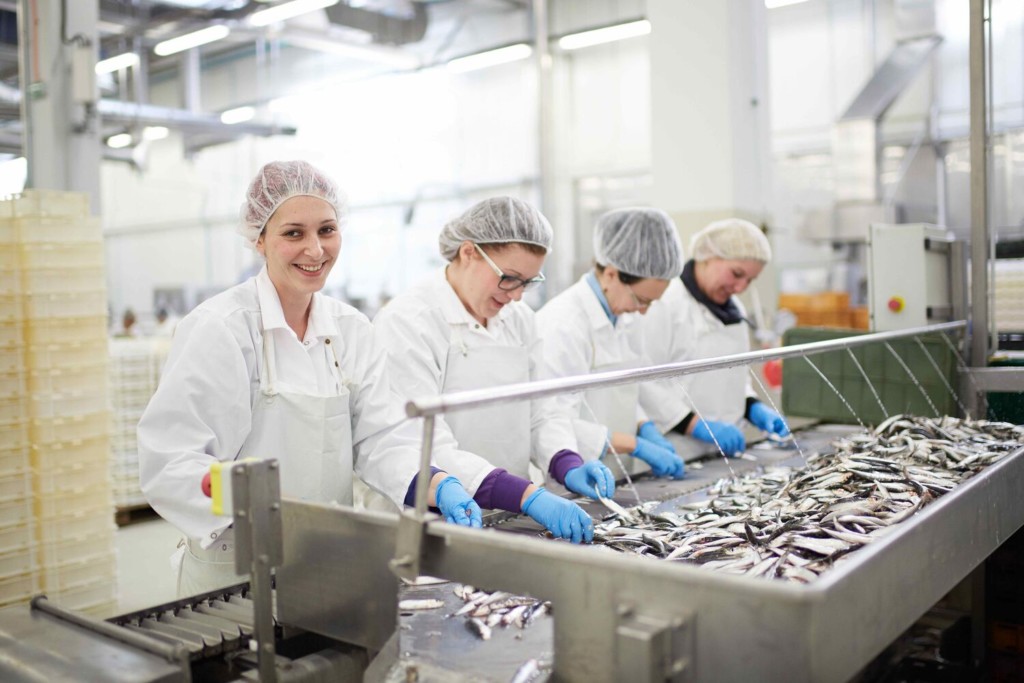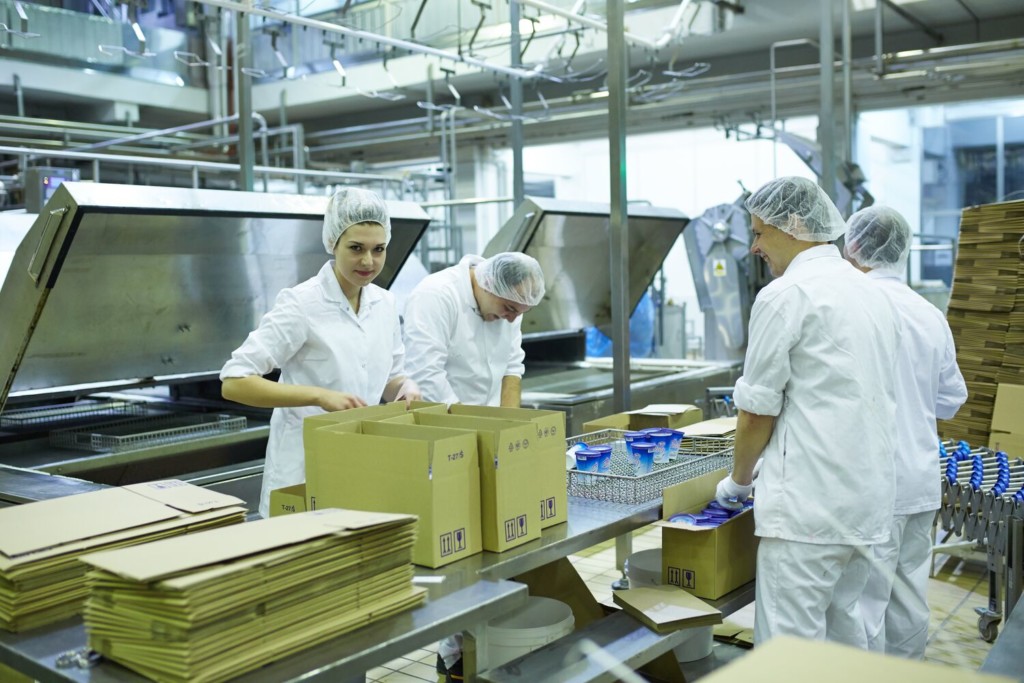
Future proofing food with Kjell Ruth and Jukka Saarenpää
The food industry is transforming significantly, changing how we grow, buy, eat and feel about food. Shifting consumer preferences due to societal, technological and environmental factors are just one part of the challenge the food industry is grappling with. The complexity only deepens with soaring input costs, global supply chain disruptions, as well as long-term challenges like the impact of climate change and environmental pressures. Industry veterans, Kjell Ruth (LinkedIn) and Jukka Sarenpää (LinkedIn), share their insights on the future trends in food industry.

Kjell Ruth has been working in senior executive roles with Kraft Foods/Mondelēz International for 30+ years. He has a Finance background and has worked in multiple group businesses around the globe – in Finland, France, the Nordics, the Baltics, South Africa and Japan. Kjell is now based in Seoul, South Korea. He is also an active member of the Finnish Chamber of Commerce in Korea.

Jukka Sarenpää, has been associated with the Finnish Food Giant, Atria. He is responsible for Design, management and buying different consumer research to create consumer insights for product development and marketing. Trend watching and analysis, creative research, concept testing, product testing, marketing communication pre and after-testing etc. Prior to Atria, Jukka has spent several years in the media industry like Kauppalehti and the telecom industry like Elisa. There, his roles mainly revolved around market and consumer research.
What are the major trends in the food industry, Kjell Ruth and Jukka Saarenpää?
Kjell Ruth
If we disregard the current short-term issues such as commodity and other cost inflation, which is creating quite a disruption for many players in the food industry at the moment, there are a number of more long-term trends. Number one – the quest for healthier food. More and more people want to eat better food, functional foods, protein, and vitamins, especially in developed and developing markets.
The second is convenience. We have many more single-person households than we used to and lifestyles in many countries are pretty hectic, which can appreciate ready-to-eat and ready-to-drink solutions. We have an ageing population in specific geographies. Convenient food offerings that are easier to eat for the older generation and may have nutritional values specific to that generation will also find a market.
And sustainability is a trend, even though it’s not necessarily the actual product. Consumers today are also considering the way the product is procured and the way the product is manufactured. More and more consumers demand that industry players and food manufacturers become more sustainable, protecting the planet and its resources.
And the consumers will move to providers that take a stand on sustainability. And again, this is more today in the developed world, less so in the developing markets. But as we know, as the developing markets develop, they often tend to follow. So I expect that to be a continuous trend for a long time to come.
Jukka Saarenpää
Major trends in recent years or in the near future will be the growing importance of the origin of the food. In the restaurant and catering industry, retaining and souring skilled people is a challenge.
A significant change in the food industry has been that people are cooking less and less. It indicates that the need for convenience food is growing strong, which is a very fragmented market at the moment.
What role will sustainability play in the food industry?
Kjell Ruth
Sustainability is a critical target for all of us. It’s not only the moral imperative to do what’s good in terms of protecting the planet and its resources. It’s also substantiated by the fact that, particularly in developed markets, many consumers are already voting with their wallets for more environmentally conscious products.
Businesses that have embraced sustainability and can demonstrate transparency are gaining new customers, and this trend can only accelerate in the future.
We have the opportunity and the obligation to drive growth in tandem with positive social and environmental outcomes. Our business is an ecosystem, so we work with various suppliers to optimise our total value chain footprint in terms of environmental impact. We also need to choose partners that help us achieve these goals.
But an important concept for us as an industry is to work across our whole ecosystem and our whole value chain to ensure that we address every element of that value chain to reduce the impact we make.
Jukka Saarenpää
Undoubtedly, paying attention to environmental, social, and governance issues is becoming increasingly critical for all companies across all industries. Sustainability is an important part of the perceived company image. Firstly, because the consumers demand more sustainably produced products. And secondly, their legal requirements in place today to guide businesses in their conduct.
What kind of companies will be the ‘winners’ in the food industry?
Kjell Ruth
I believe, as in any other industry, in the food industry as well, the winners would be the companies that stay on the pulse of the consumers, preempt consumer behaviour and pivot quickly according to the changing market needs. As a Finn, I hate to use this example, but we all know what happened to Nokia mobile phones because of disrupters like Apple. It was the lack of reaction to changing consumer needs with agility. Although not from the food industry, this example illustrates how important it is to put customers first and preempt the market needs.
Jukka Saarenpää
In the fresh food industry, the winners would be those who will be able to make shorter runs without ramping up the costs. And also those employers who can attract and retain skilled human resources as it is becoming an increasingly prominent challenge in the industry.
What can we learn about the food industry from different countries, Kjell Ruth?
Kjell Ruth
The food industry in different countries is surprisingly different. Consumers in different countries have very different preferences. I used to work in the Nordic region in a company that sells chocolate and coffee, among other things, across multiple Nordic markets. And as you might have guessed, the Finnish chocolate producer Fazer, the Swedish chocolate Marabou and the Norwegian chocolate Freia are built to the unique tastes of the people in these bordering countries. Most consumers will immediately recognise which of them they are eating. And they will have their preferences and favourites based on what they’ve grown up with. So, the product offering, even for multinational companies, is often relatively localised to the market or cluster. But when it comes to processes, especially manufacturing and supply chain processes, those are much more driven by global best practices.
So even though the flavour may be different, the actual process that the manufacturer will follow will be the same. The development process will be similar. For smaller local players in more developing markets, the progression paths will be very similar to that of large multinationals in developed countries.




